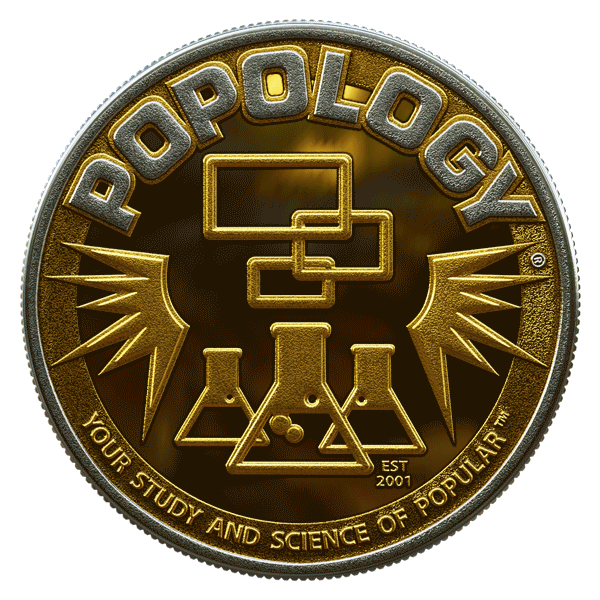POPOLOGY® Is Data Science
POPOLOGY® will use protocols and blockchain tools designed to extract data from your analytics account into custom scripts or programs for more automated and efficient reporting and analysis.
POPOLOGY® is a data science platform that helps overcome legal obstacles to the sharing of knowledge, and creativity to address the world’s pressing challenges. In order to achieve our mission, we: Provide POPOLOGY® License and in-app public domain tools that give every user (POPOLOGIST®) and organization in the world a free, simple, and popologized way to grant copyright permissions for creative and academic works; ensure proper attribution; and allow others to copy, distribute, and make use of those works, all on the blockchain.
The POPOLOGY® Blockchain Community of Practice
Join POPOLOGY® Networks (Public Trust) Blockchain Community Service and Social Practice! POPOLOGY® invites all interested parties to participate in this cross-platform ledgering of data and the peoples collective true popular of brands, trends, music, art, food, invention, religion, politics and much more. This restfulAPI aggregator will kick off in August 2023 and is exploring blockchain (aka distributed ledger) technology to understand where and how legislation of the people can be used within industry and government systems, as well as what might be required to implement future technology.
By joining the new POPOLOGY® Public Trust Blockchain Community participants have the opportunity to be on the ground floor of this exciting new technology and to provide input on new standards and best practices that may soon revolutionize the world of data science and digital rights management.
The data ownership and management governed by this public trust ledger, is a unique feature offered by POPOLOGY®. This ensures that the data is held in a public trust and managed for the benefit of the people. The use of a 501c3 company further enhances the trust and credibility of the data management process.
Blockchain technology is increasingly being explored for use throughout the financial services industry to enable faster, more secure digital transactions. Blockchain is based on digitized, distributed ledgers, which are databases that are shared and synchronized across multiple sites to record transactions, like an accounting ledger. Distributed ledgers have the potential to serve as a single sole source of truth for specified industry documents, data and/or transactions and could help lenders reduce compliance burdens, improve data quality and lower costs.
POPOLOGY® Public Trust Blockchain Community will provide a ledgered research forum for industry participants to report their ideas and business branding, able to collaborate on developing a collection of best practices for using distributed ledger technology and “Self Governed Legislation” standards to assist public officers to legislate more appropriate laws on a blockchain network. All POPOLOGIST® Ambassadors are invited to participate.
Micro-Licensing™
We will work closely with major institutions and community governments to create, adopt and implement open licensing and ensure the correct use and payments of content libraries and licensed content overall. Support POPOLOGY® Networks as the technology social movement initiative, working to increase the volume, breadth, and quality of openly available knowledge worldwide. Founded and innovated by Joe Rey & Dan Rush.
Purchase your place in our initial coin offering of the $5 POPOLOGY®coin. Get a hundred or thousand today! Heck Get a hundred thousand before we launch this exciting and immersive platform!
Reuse, Remix & Gamify
One goal of POPOLOGY® is to increase the amount of openly licensed creativity in the public sphere, “The POPsphere™” is what we call our workspace! A POPOLOGIST® user is able to curate a body of work freely available for legal use, sharing, repurposing, and remixing. Add staking and mining crypto to video metrics and you have an addicting side effect of gamification! All through the use of POPOLOGY® micro-licensing™, millions of people around the world allow their photos, videos, writing, music, and other creative content available for any member of the populous to use. We track and provide reports for earnings with our digital rights blockchain.




















%20NEW-03.png)







